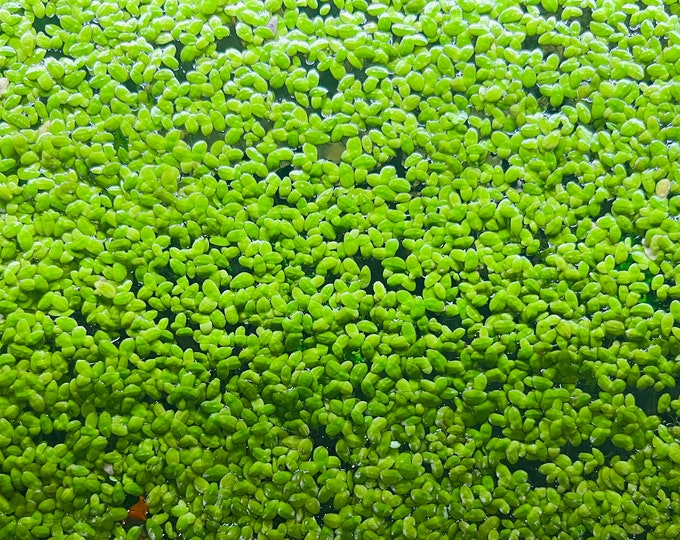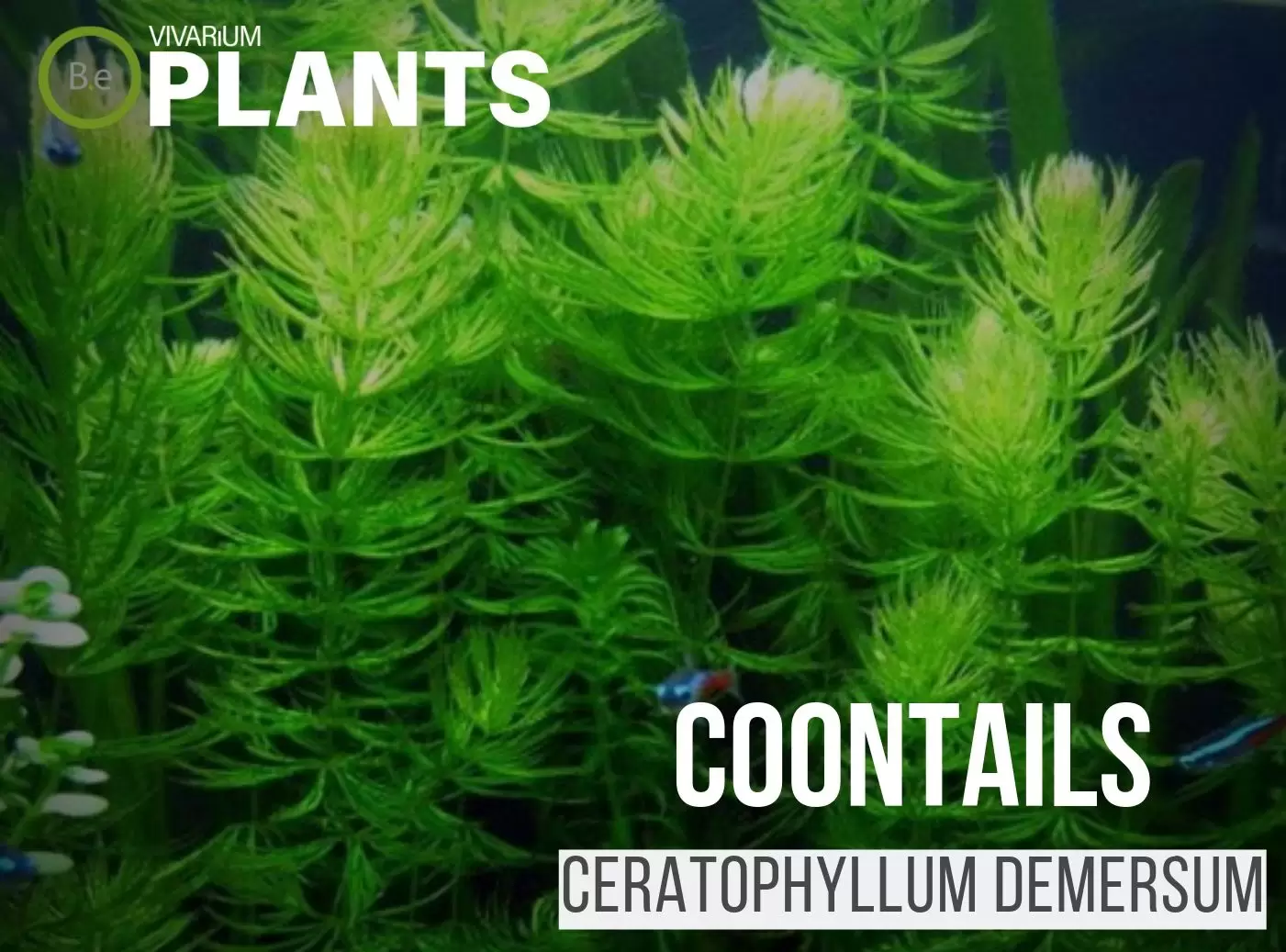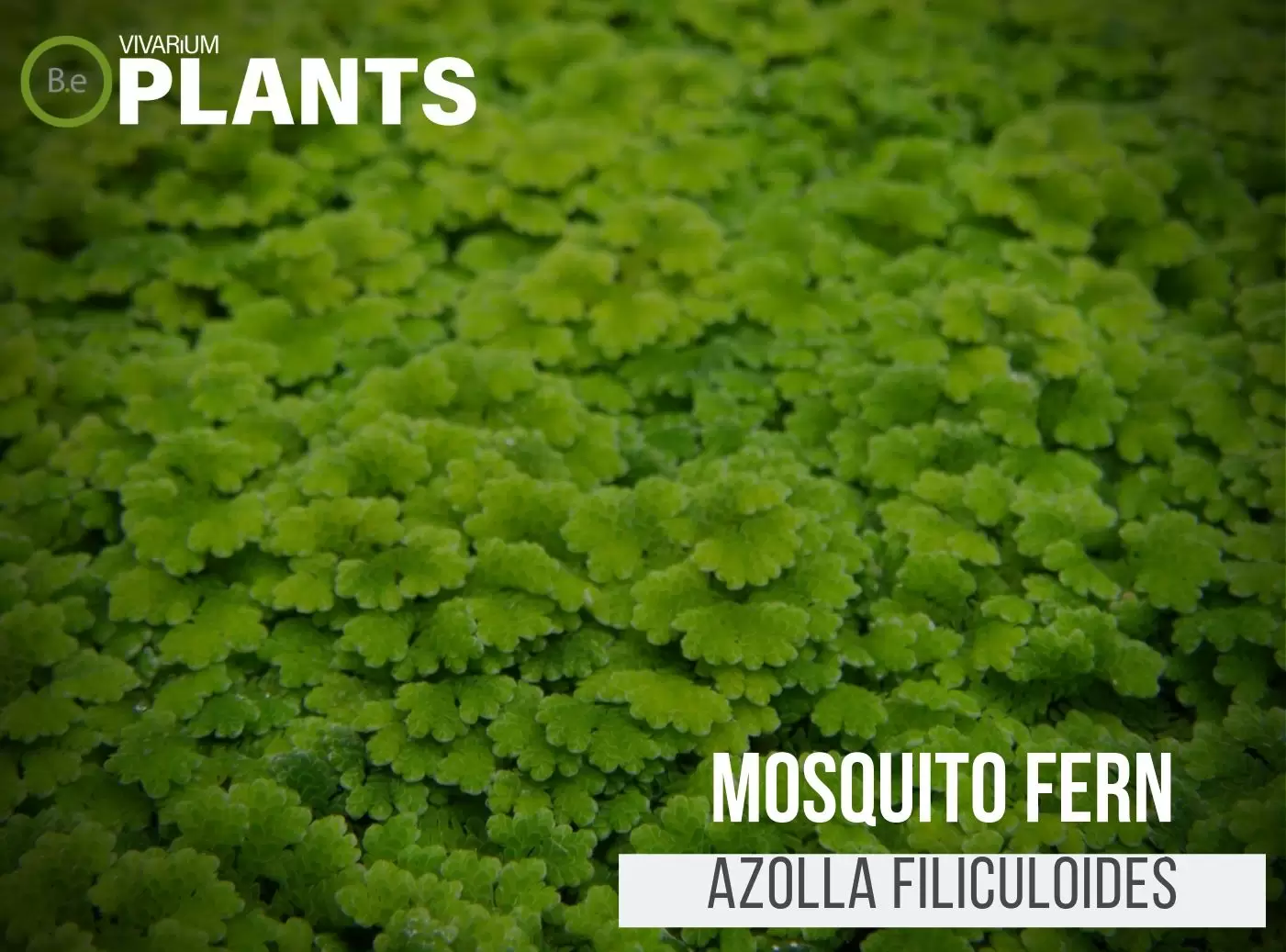Welcome to a deep dive into the world of aquatic floating plants! Today we‘ll be exploring the wonders of Common Duckweed also known as Lemna minor.
This small but mighty plant is one of the most commonly found floating plants in the world, and it can provide a variety of benefits to aquatic ecosystems.
We‘ll take a look at its unique characteristics, uses, and the ways it can be beneficial to aquatic life. So let‘s get started and dive into the fascinating world of Common Duckweed!
| Quick Stats: | |
|---|---|
| Scientific Name | Lemna minor |
| Common Name | Mini duckweed, Water lens, Common Duckweed, Duckweed |
| Family Name | Araceae |
| Habitat | Freshwater bodies |
| Temperature | 68°F to 82°F |
| Height | 0.2 to 0.3 inches |
| pH | 6.0 to 8.0 |
| Lighting | Moderate |
What Is Common Duckweed?
Lemna minor is a small, free-floating aquatic plant that is native to the northern hemisphere. It comes in the form of a single or a pair of tiny green leaves, or fronds.
It resembles a small green lens that floats atop the water and measures 0.2 to 0.3 inches in diameter.
Under the right conditions, Lemna minor can reproduce rapidly, forming large, herbaceous mats and providing shade for more delicate plants in the tank.


Common Duckweed Facts
Lemna minor is much more than just a pretty face. This plant has several medicinal, ecological, and dietary advantages.
Duckweed has been used for centuries as a natural remedy for a variety of ailments, such as wounds and cuts.
Its small size and rapid growth rate make it an excellent addition to tanks with small inhabitants like shrimp, snails, and fry since it provides a source of food and cover for them.
Description
The plant has a central stem with a pair of small, oval green leaves on top. The leaves are attached to the stem by a tiny bulbous structure or turion.
Lemna minor has a single-branch root system that doesn’t branch off. It’s also independent of sediment and doesn’t have any noticeable vascular or rhizome systems.
Duckweed is highly tolerant to fluctuating water temperatures and pH levels.
Habitat
Lemna minor naturally grows in still or slow-flowing freshwater bodies, such as ponds, ditches, and marshes. The plant is highly adaptable and can grow in a wide range of habitats, including ponds and vivariums.
It can even grow under low light levels, but it does best when provided with indirect sunlight for about 16 hours a day.
pH Preference
Lemna minor prefers a neutral to slightly alkaline pH range, from 6.0 to 8.0. It’s important to recreate similar conditions if you want to keep the plant thriving in your tank.
It’s also important to hold the pH level steady. Even though the plant is tolerant of wide ranges, abrupt changes can negatively affect its growth.
Vivarium Type
Common Duckweed is a versatile plant that can thrive in a variety of vivariums, including freshwater aquariums, paludariums, and ripariums.
In freshwater aquariums, Common Duckweed can help to establish a balanced aquatic ecosystem that provides a natural habitat for fish and other aquatic life.
In paludariums, the floating nature of Common Duckweed provides a unique aesthetic that can help to create a natural–looking environment for amphibians, reptiles, and other land–dwelling creatures.
In ripariums, the floating nature of Common Duckweed provides shade, oxygenation, and food for fish, amphibians, and other aquatic creatures.
No matter the type of vivarium, Common Duckweed is a great choice for aquatic hobbyists looking to create a balanced, natural habitat.
Vivarium Placement
Lemna minor is a floating plant, so it should be placed at the top of the tank. The plant clumps can be gently tucked in between the other plants and wood, or placed in a separate floating bed.
Since this plant offers very little in terms of competition, you don’t have to worry about it overtaking any other species.
Substrate
Lemna minor needs no substrate to grow, as it’s an entirely free-floating plant species. It needs a well-oxygenated environment, so make sure the water flow remains steady.
For the tanks with filter systems, you can use a floating plant corral or other types of fish portals to help keep the water flow steady and clear from excess duckweed.
Lighting
Lemna minor does best under indirect natural light or low-wattage aquarium light. The plant can thrive in low light conditions, so it’s not essential to have a powerful light source.
Keep in mind that too much light may overheat the tank, harming the plants and invertebrates.
Buy Common Duckweed
When looking to purchase Common Duckweed, there are a few key indicators you should look for. Buying the best quality plant will help give you the best shot at growing the fern successfully.
The duckweed should be snail free along with any other type of pest. The source of Lemna minor will usually be sold in small clumps, ready for you to propagate.
The batch should arrive fairly moist and with vivid colors. Try to stay away from sources that provide dried-out or dull-looking plants.
Click the image below to find out more about the current price and other relative info:
Common Duckweed Care and Propagation
Common Duckweed is one of the easiest plants to care for, as it requires very little maintenance. The plant reproduces quickly, often doubling its colonies in just 8 days.
The plants will detach from the stem and move around freely, easily dispersing and forming mats. For propagation, simply break off a portion of a mat and place it in the tank.
How to grow
If you want to ensure the successful growth of Common Duckweed, then it’s important to maintain the right water and lighting conditions.
Make sure you use filtered or dechlorinated water and keep the pH and temperature levels stable. To encourage healthy growth, fertilize the tank occasionally with liquid fertilizers.
Water Requirements
Lemna minor blooms best and grows most rapidly when it’s exposed to a steady flow of water with lots of oxygen.
A single tank needs to have its water changed every 2 weeks, regardless of the size of the tank. Partial water replacement, like a 20% water change, is beneficial to the plants.
Plants Similar To Common Duckweed
Even though some hobbyists enjoy sticking to a specific theme when building an enclosure, that does not mean that only one type of plant must be used. Adding diversity and versatility is crucial to creating a captivating vivarium.
Mix up the look of your vivarium with different flora that can easily co-exist in the same types of environment. Not only will it be more pleasing to the eye, but it will also make the tank look more realistic.
Furthermore, if for some reason you are having a hard time getting your hands on this aquatic plant… Here are some other options that may do well with or in the place of Lemna Minor:
Conclusion
Common Duckweed is an excellent addition to tanks and vivariums of all sizes, as it’s low-maintenance and grows quickly.
As long as you provide your plants with indirect light, oxygen-rich water, and the right pH and temperature levels, they will thrive and form large mats.
Whether you’re looking for a hardy, attractive floating plant or just a unique accent to your vivarium, Lemna minor may be a perfect choice!
Frequently Asked Questions
Yes, common duckweed (Lemna minor) is considered an invasive species in many parts of the world. It is not native to North America, and it can quickly take over areas, choking out native species.
Yes, common duckweed (Lemna minor) is edible and often eaten as food in many Asian countries. It is typically fried in oil or added to soups and salads. Common duckweed is a good source of vitamin A, protein, and essential minerals.
Common duckweed (Lemna minor) grows in fresh water ponds, lakes, marshes, and slow–moving streams in many parts of the world. It prefers nutrient–rich, non–turbulent, and shallow waters.
No, duckweed is not necessarily harmful to the ecosystem. In fact, it is often used to naturally reduce algae growth in water and can improve water quality as well as provide shelter for aquatic animals. Duckweed is also known to be rich in protein, vitamins, and minerals, making it a great food source for animals.
However, if it is allowed to overspread it can lead to an overgrowth that can outcompete native plants, reducing biological diversity, depleting the aquatic environment of oxygen, and altering the food web for fish and other aquatic species.
Yes, duckweed can help clean water. Duckweed has been used to reduce or remove sediment, heavy metals, phosphorus, nitrogen, and certain pathogens from wastewater. Additionally, duckweed has the ability to absorb some pollutants that can be toxic to aquatic life.
Yes, duckweed oxygenates water. Duckweed is a floating aquatic plant that provides oxygen to the water through photosynthesis. Duckweed has the ability to use more carbon dioxide than other aquatic plants, which helps keep the water oxygenated.
Lemna minor, also known as common duckweed, is an important water plant for several reasons. It is rich in high–quality protein and essential amino acids and can be used as a food source for aquatic creatures. Duckweed also provides an efficient form of water filtration, removing excess nitrates and phosphates from waterbodies. Finally, it can also be a great source of shade and protection for fish, allowing them to better adapt to changing water temperatures.




